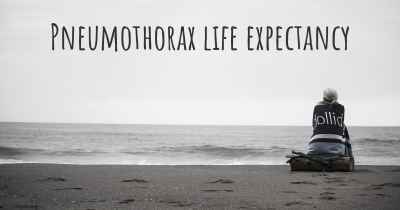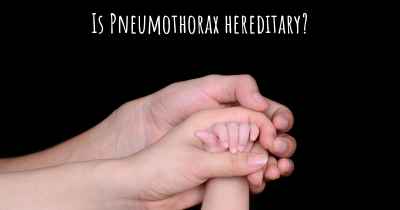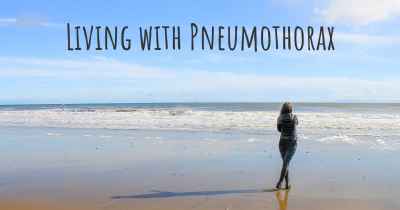Which are the symptoms of Pneumothorax?
See the worst symptoms of affected by Pneumothorax here

Symptoms of Pneumothorax
Pneumothorax is a medical condition characterized by the presence of air or gas in the pleural cavity, the space between the lungs and the chest wall. This condition can cause various symptoms, ranging from mild to severe, depending on the size and extent of the pneumothorax. It is important to recognize these symptoms as early as possible to seek appropriate medical attention.
1. Sudden, Sharp Chest Pain
One of the most common symptoms of pneumothorax is a sudden and sharp chest pain. This pain is typically localized on the affected side of the chest and may worsen with deep breathing, coughing, or physical exertion. The pain can be intense and may radiate to the shoulder or back.
2. Shortness of Breath
Another prominent symptom of pneumothorax is shortness of breath, also known as dyspnea. As air accumulates in the pleural cavity, it puts pressure on the lungs, causing them to collapse partially or completely. This leads to difficulty in breathing, rapid breathing, and a feeling of not getting enough air.
3. Rapid Heart Rate
A pneumothorax can also cause an increased heart rate, known as tachycardia. The heart tries to compensate for the decreased oxygen supply by pumping faster. This can be accompanied by feelings of palpitations or a racing heartbeat.
4. Cyanosis
In severe cases of pneumothorax, where there is a significant reduction in oxygen exchange, cyanosis may occur. Cyanosis refers to a bluish discoloration of the skin, lips, or nail beds, indicating a lack of oxygen in the blood. It is a serious symptom that requires immediate medical attention.
5. Decreased Breath Sounds
When a pneumothorax occurs, the affected lung(s) may not be able to expand fully, leading to decreased or absent breath sounds on that side of the chest. This can be detected by a healthcare professional using a stethoscope during a physical examination.
6. Coughing
Some individuals with pneumothorax may experience a persistent cough. This cough is often dry and non-productive, meaning it does not produce any phlegm or mucus. The cough may worsen when lying down or during physical activity.
7. Chest Tightness
People with pneumothorax may also experience a sensation of tightness or pressure in the chest. This can be attributed to the collapsed lung and the accumulation of air in the pleural cavity, causing discomfort and a feeling of constriction.
8. Fatigue and Weakness
As the body receives less oxygen due to the compromised lung function, individuals with pneumothorax may experience fatigue and weakness. This can be a result of decreased oxygen supply to the muscles and tissues, leading to reduced energy levels.
9. Anxiety and Restlessness
The combination of chest pain, shortness of breath, and decreased oxygen levels can cause anxiety and restlessness in individuals with pneumothorax. The distressing symptoms can lead to feelings of panic and a sense of impending doom.
10. Subcutaneous Emphysema
In some cases, pneumothorax can cause subcutaneous emphysema, which is the presence of air under the skin. This can be felt as a crackling or bubbling sensation when touching the skin, particularly around the neck, chest, or face.
If you experience any of these symptoms, especially sudden and severe chest pain or difficulty breathing, it is crucial to seek immediate medical attention. Pneumothorax can be a life-threatening condition, and prompt diagnosis and treatment are essential for a successful recovery.








